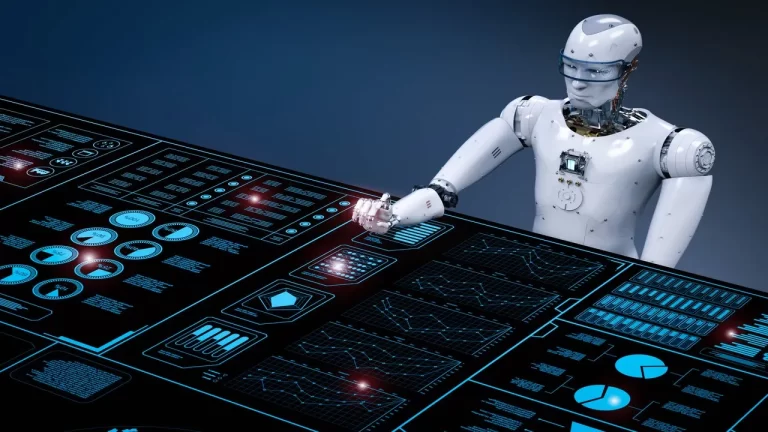With the rising requests from artificial intelligence (AI) and high-performance computing (HPC), cooling technology is urgently needed to deal with the overheating problem and higher energy consumption. One of them is immersion cooling, where the server is submerged in a special liquid to ensure that heat is well absorbed. It also improves the thermal regime while cutting down the energy consumption and, therefore, the carbon footprint. For example, the global data center cooling solutions provider Refroid Technologies in India has recently launched a single-phase liquid immersion cooling solution, which is designed and developed indigenously, and its use has reduced energy consumption by up to 40% at the data center level.
Apart from immersion cooling, manufacturers are searching for other methods to control the environmental problems of normal cooling systems. It is worth mentioning that the architecture company HDR is working on data center designs that incorporate the use of wastewater, such as liquid-to-chip, which is the first occurrence in Australia This reduces the pressure on the use of purified water and serves as an example of a responsible attitude throughout the industry. Since the usage of AI applications causes a rise in the water and energy consumption of the community, these developments are very necessary to balance the advancement of technology with the need to sustain the environment.

Impact on Various Sectors
Jittering affects telehealth consultations in that delays would be experienced often enough in communication between doctors and patients. Long delays in making remote diagnoses can be detrimental to patient treatment, in which effective communication and synchronous video conferencing become a thing of the past. This is because the healthcare industry depends greatly on the continuity of data and transmission, and as such, network reliability is very important to enable health practitioners to arrive at the right diagnosis and recommend the correct treatment.
Likewise, military and business conferencing needs to have an unbroken communication line for the decision-making process. Even short-term fluctuations in jitter or latency can disrupt what the organization is doing and sometimes the nation’s security or a company’s strategy. Similarly, streaming services, gaming, and cellular networks are also affected by the effects of jitter in terms of the quality of experience of the users as well as the overall customer satisfaction.
Thermal Inconsistencies and Their Effects
The performance of air-cooled server racks suffers from temperature unpredictability, which also results in poor load distribution efficiency. Health issues occur in servers that face temperature changes, which results in reduced processing speed affecting data center performance levels. Automatic performance throttling in servers reduces speed for safety reasons when temperatures rise and protects hardware but creates packet loss and elevated jitter.
Additionally, uneven cooling leads to higher energy consumption and operational costs. Excessive use of fans as well as airflow optimization becomes necessary because air cooling proves unreliable as a solution for high-density data centers. Advanced cooling solutions enable temperature stabilization while improving server workload distribution, which results in maintained network consistency.

Comparing Costs: Expensive Firewalls vs. ECMP
The necessary elements for managing network traffic include traditional firewalls and load balancers, which demand substantial operational costs as well as ongoing maintenance. These devices provide effective data filtering and routing services while prioritizing functions, yet their ability to scale up operations becomes problematic because of their associated high costs. Introducing numerous firewalls throughout growing networks leads to higher expenses regarding costs and operational management complications.
ECMP routing on switches offers organizations an affordable solution to better disperse their traffic across multiple routes. ECMP routing helps organizations minimize their need for expensive firewalls and load balancers, thus delivering better performance at reduced costs. Data centers optimize efficiency and maintain stable, jitter-free connectivity through intelligent routing mechanisms at no significant expense to new infrastructure.
Innovative Cooling Solutions
Innovative cooling technologies including immersion cooling, present possible breakthrough support for heat management in high-performance computing. Liquid cooling cools computer parts by placing them in a special liquid that absorbs heat well and does not cause electrical problems. This removes the need for air cooling.
Also, immersion cooling has been shown to reduce effective power consumption and power usage effectiveness (PUE) considerably. Immersion cooling has fewer mechanical parts to maintain, which lowers mechanical failure rates and can reduce maintenance and operational costs. High-efficiency immersion cooling pioneer solutions such as AI and hyperscale computing have pushed some computing toward extreme power densities. Immersion cooling may also future-proof designs, ensuring systematic performance while reducing power consumption.
Did You Know?
The immersion cooling cuts data center energy use by 40% and reduces carbon emissions. Some centers use wastewater for cooling to promote sustainability. Liquid cooling is emerging as the future of efficient data center operations due to rising AI demands.








